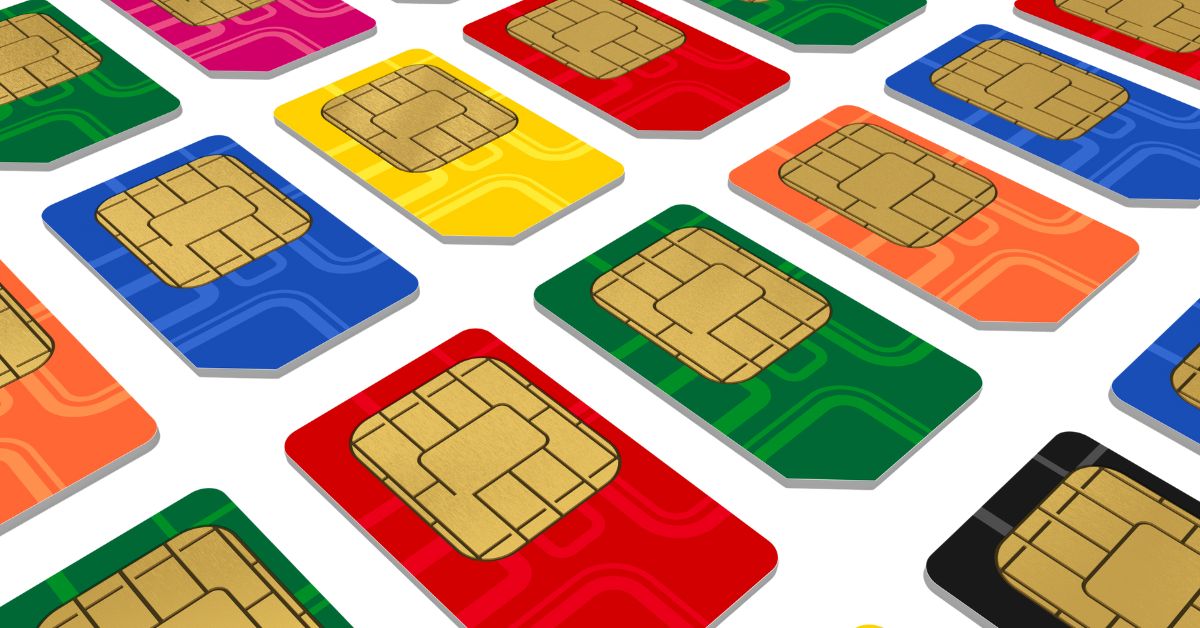Objectives of education technology
The modern learning environment is more dynamic than ever, and with advances in technology, classrooms are being reimagined in several ways to fit the evolving needs of modern digital learners.
According to the Department for Education, Education Technology (EdTech) refers to any technology that can be used to “support teaching and the effective day-to-day management of education institutions”. This includes “hardware, such as tablets and laptop computers”, but can also include “digital resources, software and services”.
Some of the key objectives identified as priorities for the implementation of technology across the education sector include:
- Administration: Reduce the burden of non-teaching tasks. Improve parental engagement and communication, cut related teacher workload, encourage the use of technology to facilitate part time and flexible working patterns.
- Assessment: Make assessment more effective and efficient, cut teacher time spent preparing, marking, and analysing in-class or remote testing.
- Teaching Practice: Support access, inclusion and improve educational outcomes. Level the playing field for learners by utilising accessible technology.
- Professional Development: Supporting teachers by supporting more flexible continued professional development.
Education technology (EdTech) has evolved from a perk to a necessity during the COVID-19 pandemic for schools continuing to use remote and hybrid learning practices. The most effective EdTech doesn’t divert attention from the classroom or take away from the lesson plan. Instead, providing them with tools that facilitate seamless learning environments for all students and teachers, regardless of where they are.
70% of students in schools with sufficient technology devices performed better than those without access to technology and high-speed internet.
– McKinsey
Why communications are a central part of EdTech strategy
The pandemic fundamentally changed the face of education. Communications technology initially served as a lifeline for teachers and students as school buildings closed and classes were conducted virtually. Teachers used digital platforms to prepare digital lesson plans and assessments and communicate with students and families virtually to keep students engaged and learning.
While pupils have returned to classrooms, the connection between education and technology isn’t going away. There remains a growing demand for platforms that support a more equitable parent-teacher communication.
Schools are implementing communication systems with expanded capabilities that enable them to have in-depth, meaningful discussions with parents. These are platforms with a range of communication options and collaboration tools that allow teachers and parents to interact more effectively.
Clear audio and video calls allow education to happen remotely, when required. For example, video meetings with teachers can save time on both sides. Instant messaging between teaching staff enables for a more collaborative teaching environment, and call conferencing tools allow school management to conduct meetings effectively wherever they are.
This has seen more educational institutions turn to cloud-based communications, which can make schools and colleges more effective, but most importantly, they enable every educator and administrator to carry a fully featured communications platform with wherever they go.
94% of teachers saw benefits of using cloud communication in remote teaching and learning during the pandemic.
UK Department for Education – 2021
Unified Communications: The evolution of VoIP technology
Recently, BT announced that they will switch off their Public Switched Telephone Network (PSTN) lines in 2025, turning off traditional phone lines and switching to faster, clearer IP technologies instead. This has played a big part in the increase in demand in VoIP (Voice over Internet Protocol) telephony for UK schools.
VoIP allows voice calls, as well as video and data to be transmitted over the internet, instead of the PSTN. You can send faxes, host conference calls, forward calls from one location to another, use voicemail, route calls, have an auto-attendant, and more, for a fraction of the cost.
School staff field dozens of phone-calls each day, so it’s important to have a telephone system that’s affordable and reliable. It should be simple for teachers and receptionists to direct calls appropriately, whether staff are working on-site or at home. It’s also vital that staff can handle the call volumes. Features like call queues, call parking, forwarding and transfer enable staff to accept and direct calls efficiently with minimal errors.
All that is required is a high-speed broadband connection, also giving teachers access to a wide variety of apps and tools to help them maintain effective communication with students and co-workers while working at home.
Because VoIP is internet based, and supports multiple communications channels, including call conferencing, video meetings and instant messaging, it has becoming central to schools adopting a ‘unified communication’ strategy, sometimes referred to by the telecoms industry as UCaaS (unified communications as a service). UCaaS offers a secure and compliant way for schools to integrate multiple communications methods through a single cloud provider.
Just imagine calls, messages, audio and video conferencing, screen-sharing, task management and more with all files and communications kept in one secure place that can be accessed anywhere, anytime, using any device (desktop, web browser, mobile phone, tablet).
With UCaaS, teachers can initiate video and content sharing meetings anytime, anywhere. Teachers can chat and screen share with students in real time, as well as create groups for students to collaborate on projects. Videos can be recorded and kept for future use, and task management capabilities allow teachers to assign tasks to students.
Statistics show that 74% of teachers believe their workload has been reduced due to the advancement of education technology.
UK Department for Education 2021
Why UCaaS should be a core part of your strategy
Flexibility – With the increase in remote working, VoIP systems allow teachers to provide classes and make/receive calls at home or wherever they are, with any device.
Productivity – A VoIP system can enhance the efficiency of daily tasks whether it’s planning classes or attending faculty meetings, so teachers can focus more time on teaching.
Added mobility – Teachers can provide classes from their homes or offices, making use of features like video conferencing to hold discussions, live tutorials, and more.
Cost savings – VoIP is usually much cheaper than traditional phone lines. Furthermore, because VoIP is cloud-based it usually requires no installation or maintenance costs.
Online Administration – Using interactive voice response (IVR) for inbound callers, enables messages to reach the right ears fast, even during school holidays or closures.
Remote learning – Students can attend classes or discuss assignments virtually, with audio or video meetings to help students stay on track with distance learning.
Remote meetings – Video conferencing can be be used for interactive parent-teacher meetings and video-based teacher training sessions, without additional software.
Emergency – During emergencies, schools with VoIP can communicate instantly with students and parents via voice or text messages.
Safeguarding – Call recording can be used to help with everything from resolving disputes and addressing safeguarding concerns to tackling pupil absenteeism.
Security- Security is at the heart of hosted VoIP phone systems. Schools’ data will be hosted in secure data centres, assuring that it remains protected.
Microsoft Teams – For schools using Microsoft Teams, UCaaS can be integrated to support collaborative classrooms, improve school staff communication, and file sharing.
For more information about our solutions for schools, get in touch with our team for a free demo. We’re waiting to show you how we’re different.





